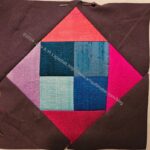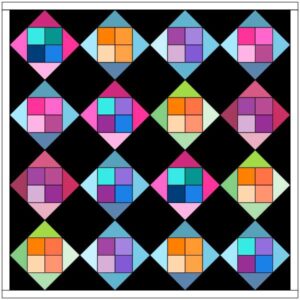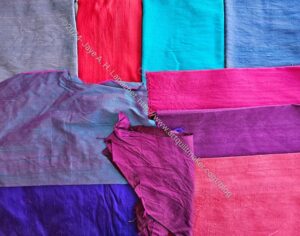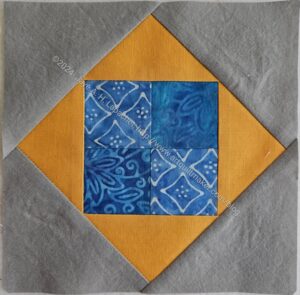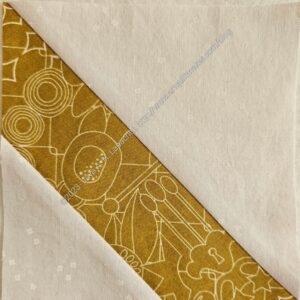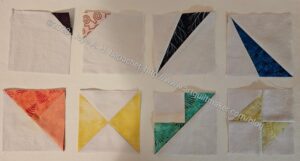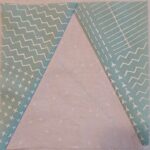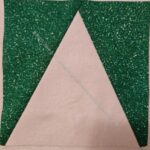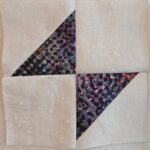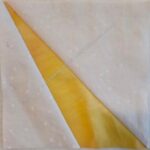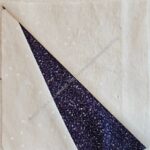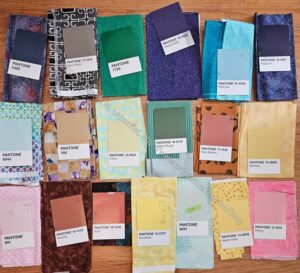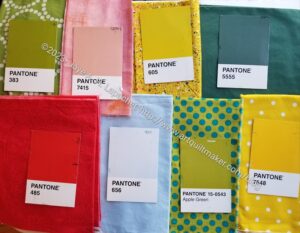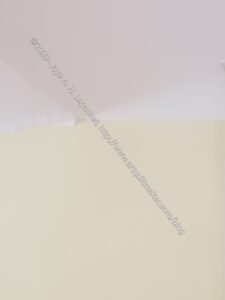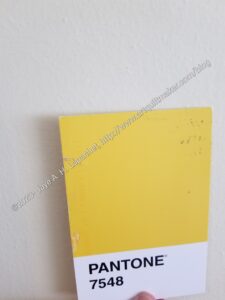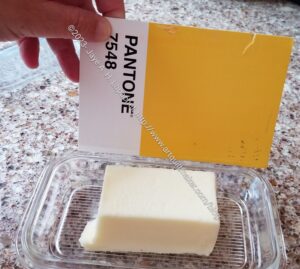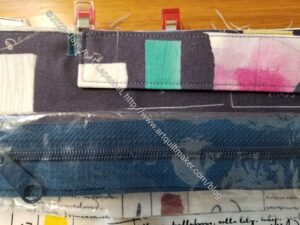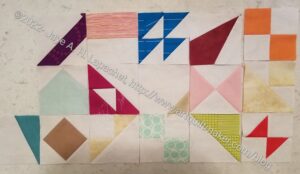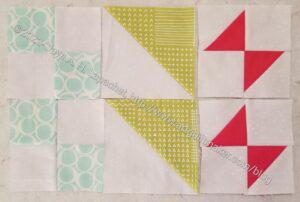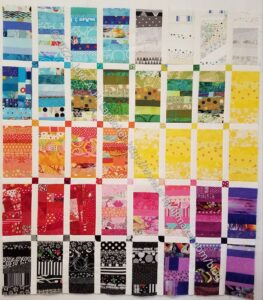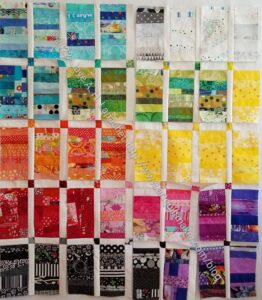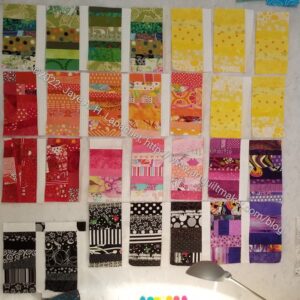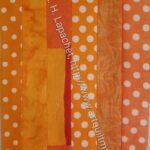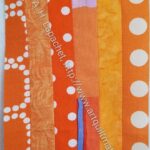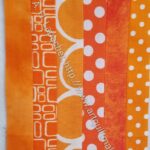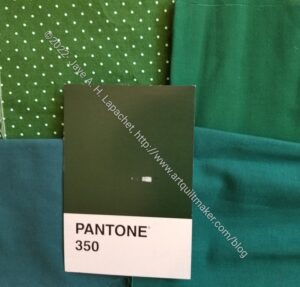I made some progress on the Colorblocks 3 quilt. I started making blocks using the Square in a Square ruler**. My YM helped with basic directions for that ruler. I used silk I have had for making this quilt since 2003 or so.
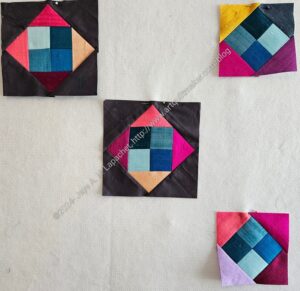
I had a plan to make 16 blocks only and began laying out the blocks as I finished them.
I started using a limited amount of colors but it soon felt like the silk FQs were multiplying. I kept finding new and different colors in the stack. I had a little of each color, but mostly pink and blues. No big surprise there.
The blocks went together quickly and the Square in a Square ruler was pretty easy to use. I was disappointed that the blocks ended up all being on the bias. I have to check and see if I missed something about how to cut the fabric so the outside wasn’t on the bias. I was careful not to stretch them unless I needed a little ease.
**N. B. : Obviously, you should shop at local quilt shops and small businesses. However, if you are too busy or can’t find what you need there, I use Amazon affiliate links and may be paid for your purchase of an item when you click on an item’s link in my post. There is no additional cost to you for clicking or purchasing items I recommend. I appreciate your clicks and purchases as it helps support this blog.

